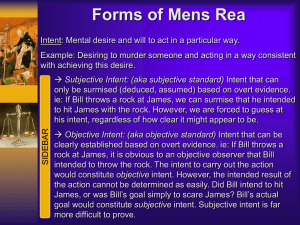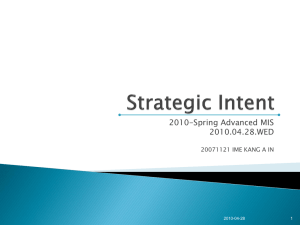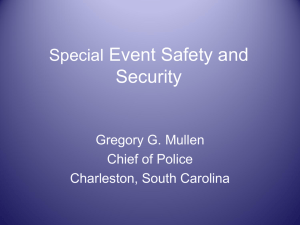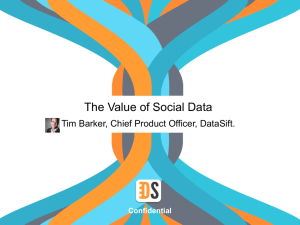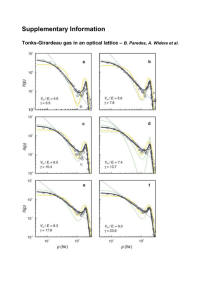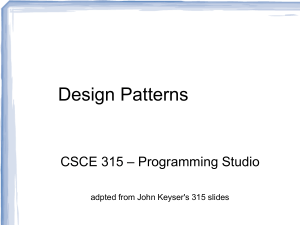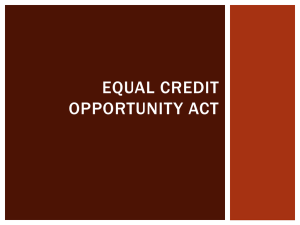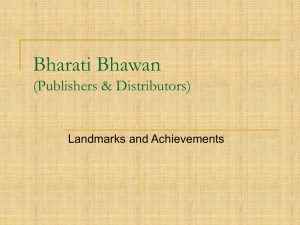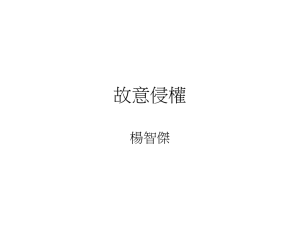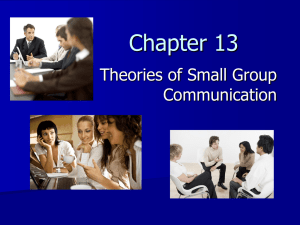TTAB Review – PART I
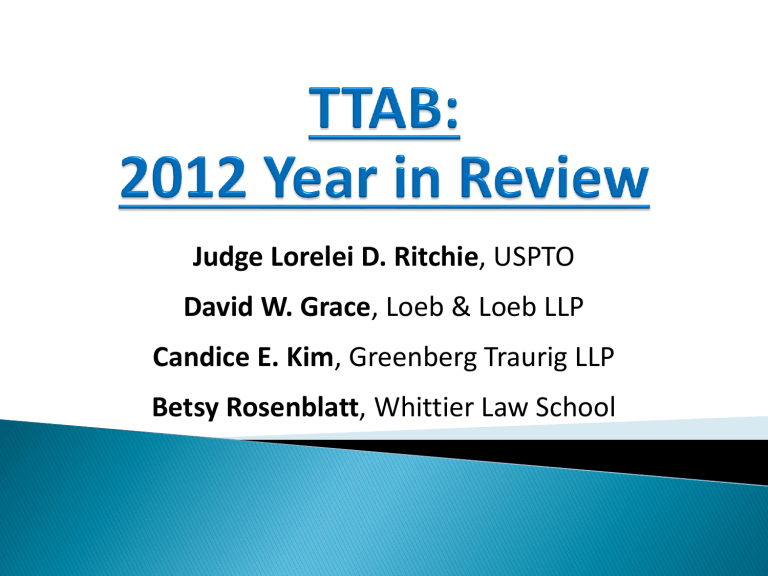
Judge Lorelei D. Ritchie, USPTO
David W. Grace, Loeb & Loeb LLP
Candice E. Kim, Greenberg Traurig LLP
Betsy Rosenblatt, Whittier Law School
Clarifies existing legal tests.
◦ complex or interesting fact patterns or nontraditional marks or uses.
Furthers the law.
◦ evidentiary rulings, procedural rulings, or issues of first impression of any type
When the law has been changed.
◦ post-Bose; after 2007 TTAB rulemaking.
3
Any area of substantive law; evidentiary matters, including FRE; procedural matters, including FRCP; and TM rules
Especially where there may be confusion or uncertainty in the trademark bar.
◦ or among examining attorneys.
(Clarify, further, mandate to change . . .)
4
Areas of law suggested by bar groups.
Individual cases that match a need, suggested by ATJ or panel or Interlocutory.
Occasionally – request by party, after issuance
(disfavored process).
◦
Designation of “precedential” must be for overall public benefit.
◦
Not “run of the mill” or very odd facts.
◦
Significant point must stand out.
5
Rarely involve dissenting opinion (though
2-1 decisions have been precedential).
Merits ruling supported by significant majority of ATJs (but not necessarily all).
Procedural ruling by single attorney supported by significant majority of ATJs and attorneys
Must be able to represent agency position.
6
Lack of Bona Fide Intent to Use.
Nonuse: Abandonment.
Nonuse: Nonownership.
Fraud.
7
What’s necessary to prove.
◦
Intent.
◦
BOP.
◦
Purpose.
Case examples
.
8
9
In use: T Shirt, Jogging Suit, Sox, Baseball
Cap, Basketball Short, Jersey, Towel (7)
In reg: T-shirts, caps, jogging suits and jerseys (4)
109 items no use, no intention!
10
§ 45 (15 U.S.C. § 1127)
Abandonment of mark. A mark shall be deemed to be
“abandoned” if …:
(1) [I]ts use has been discontinued with intent not to resume such use. Intent not to resume may be inferred from circumstances. Nonuse for 3 consecutive years shall be prima facie evidence of abandonment.
11
12
Redefined by In re Bose Corp., 580 F3d 1240,
91 U.S.P.Q.2d 1938 (Fed Cir. 2009).
◦
Knowingly make false statement of material fact with intent to deceive the PTO (Bose at
1939).
13
Willful intent (In re Bose) “knowingly” made with “intent to deceive”
Or maybe reckless? (Bose note
2)(DaimlerChrysler Corp v. American
Motors Corp, 94 U.S.P.Q.2d 1086, 1089, n5
(TTAB 2010))
Or maybe willful blindness? (Ritchie article;
Knights of Malta district court decision, but not 11 th Circuit; see TTABlog Sept 24, 2012).
14
Section on Fraud.
“Based on our finding that the record supports the conclusion that respondent’s mark was not in use at the time of filing of his application, we hold the application void ab initio. We need not discuss the remaining elements of the fraud claim or render a decision on it, as we have already determined that the registration must be cancelled in its entirety both on the abandonment claim and because of the application’s voidness.”
Cites Grand Canyon West Ranch LLC v. Hualapai Tribe, 78 U.S.P.Q.2d
1696, 1697 (TTAB 2006).
See also In re Bose, at 1942 (“We agree with the Board, however, that because the WAVE mark is no longer in use on audio tape recorders and players, the registration needs to be restricted to reflect commercial reality.”)
15
Lanham Act Section 1(b) or 44(e); Honda Motor
Co, Ltd v Friedrich Winkelmann, 90 U.S.P.Q.2d
1660 (TTAB 2009).
Good faith: Lanham Act Section 1(b)(1) A person who has a bona fide intention, under circumstances showing the good faith of such person, to use a trademark in commerce may request registration of its trademark on the principal register hereby established by paying the prescribed fee and filing in the Patent and
Trademark Office an application and a verified statement, in such form as may be prescribed by the Director.
16
Opposer’s marks for cosmetics, etc.
L’OREAL
Applicant’s mark for “aloe vera drinks”
L’OREAL PARIS
17
HEINEKEN, COORS for meat, juices
JACK DANIEL’S for cigars, cigarettes
CHANEL for scented stationery
SOUTHERN COMFORT for beer, water
BAYER for mouthwash
ABSOLUT, ABSOLUT WATER for beer
FINLANDIA for water, juices
BUDWEISER for various beverages
EVIAN for ice cream
18
LOC
◦
13 th du Pont factor – “bad faith”
Lack of bona fide intent to use.
◦
Showing bad faith adoption.
Kill two birds with one stone.
19
Board affirmed refusal to register the color “teal” for
“medical devices.”
Board found applied-for mark likely to cause confusion with a registered mark comprising the color “blue” applied to the tip and indwelling length of catheters .
Applied-for Mark Registered Mark
Board reversed a Section 2(d) refusal of GRAND
HOTELS NYC for hotel services [HOTELS NYC disclaimed], finding the mark not likely to cause confusion with the registered mark GRAND HOTEL for hotel, restaurant, and convention services
[HOTEL disclaimed].

